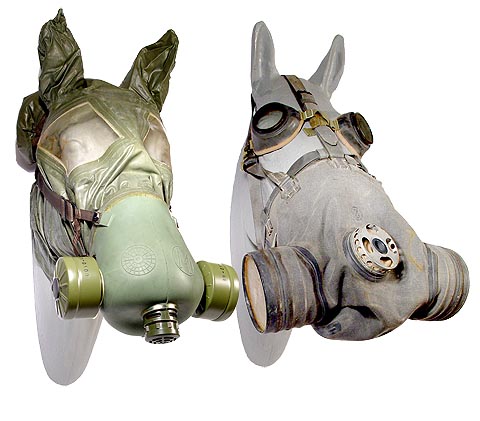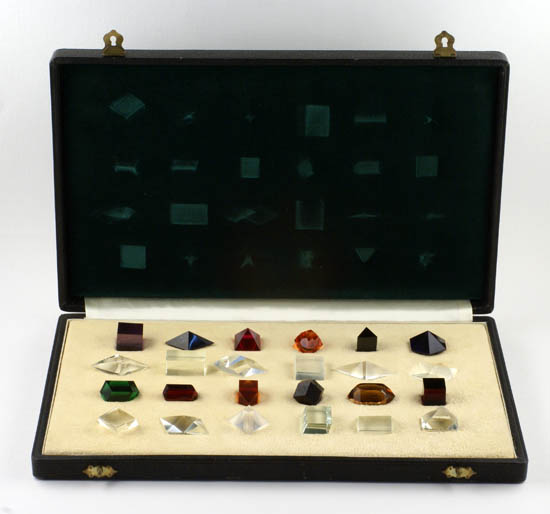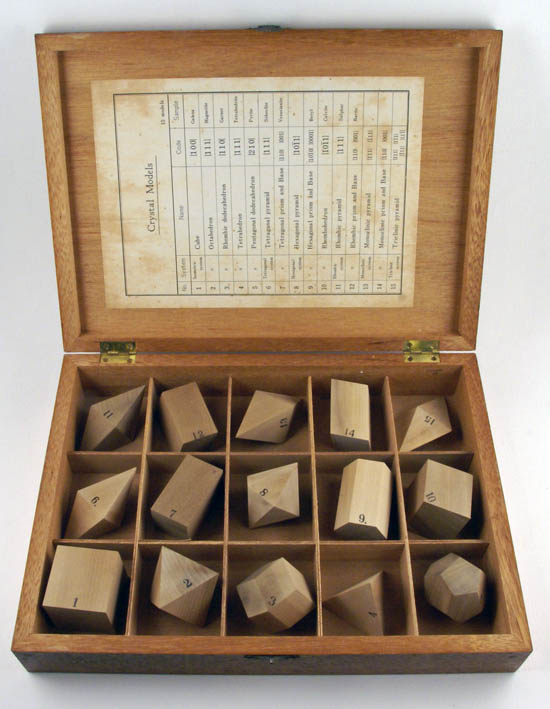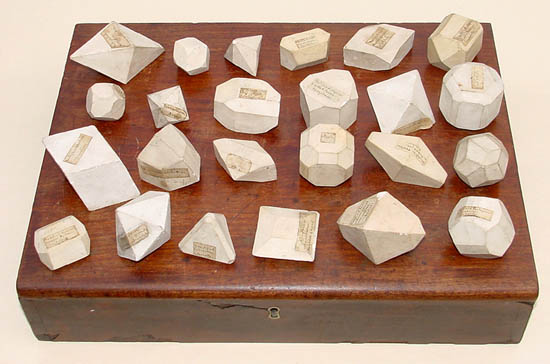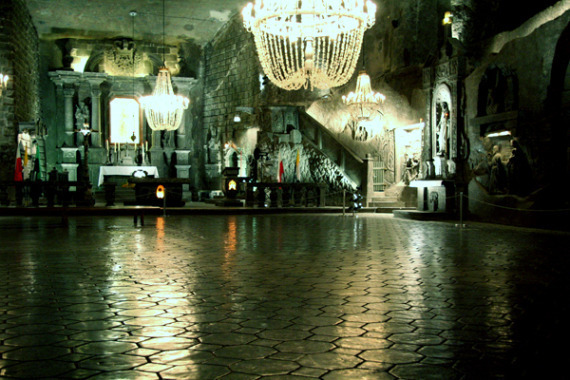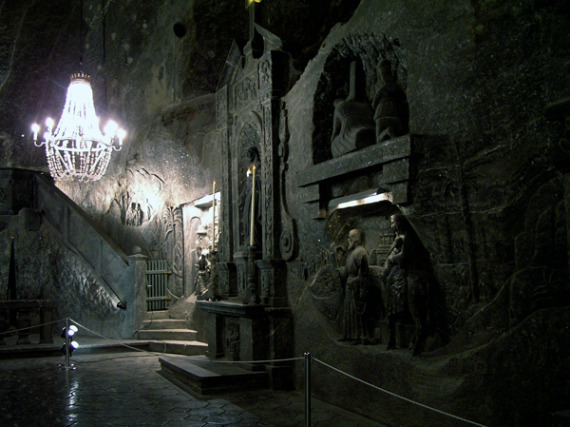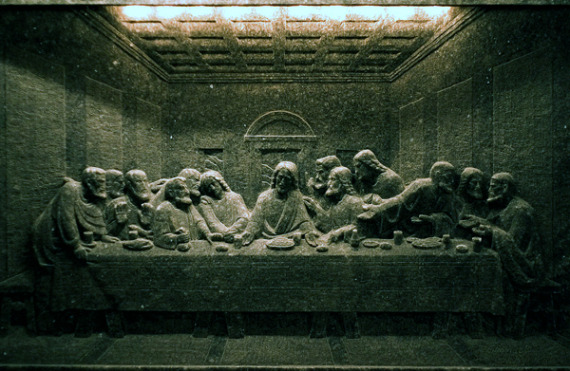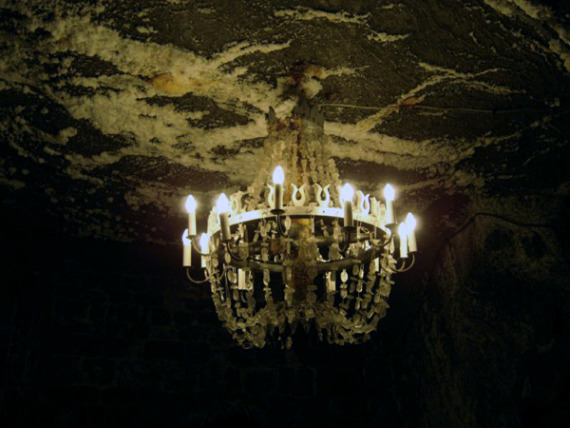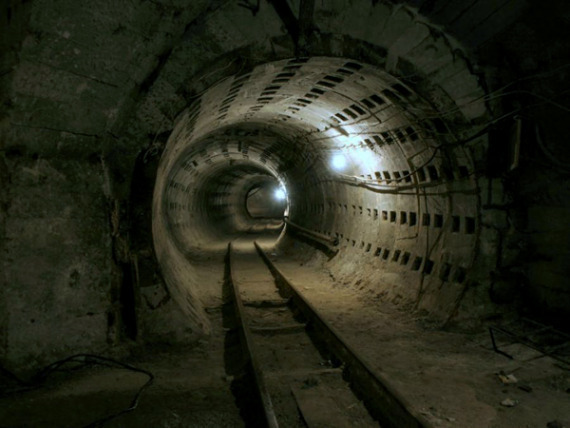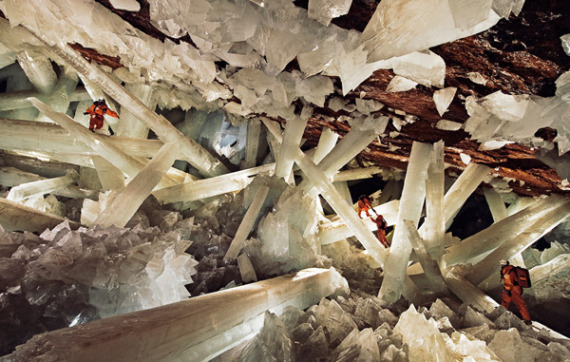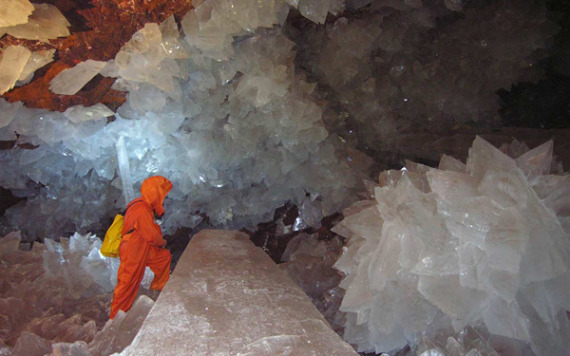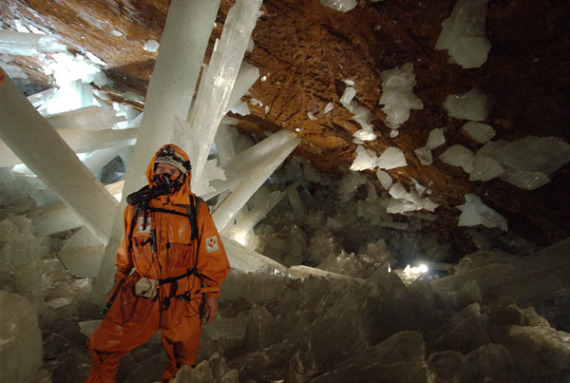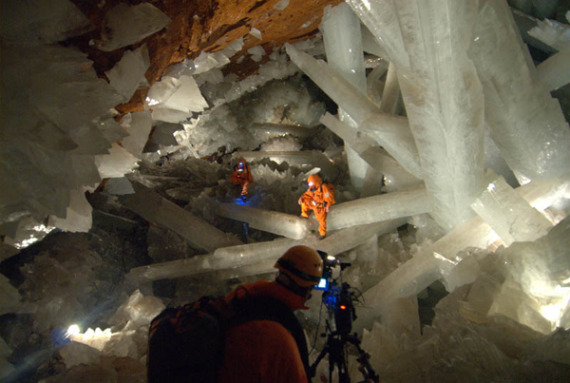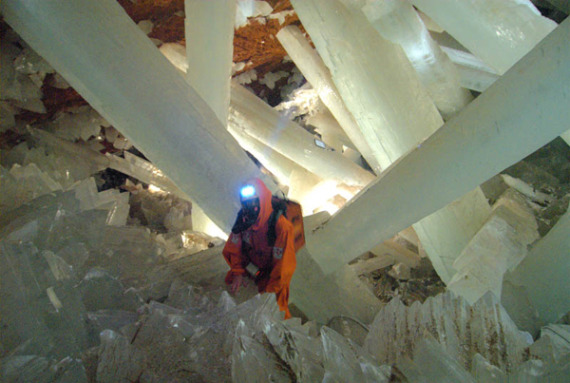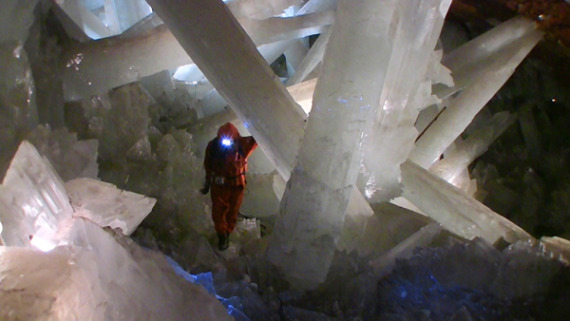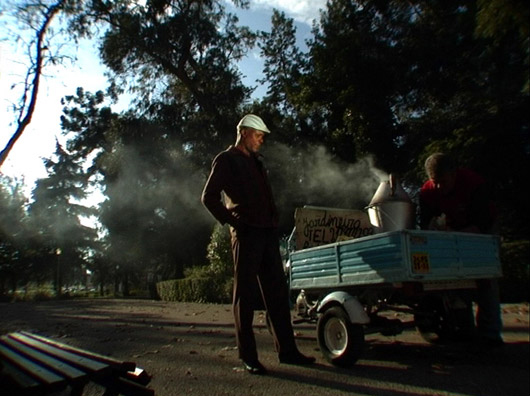The Twilight Sad is a band from Kilsyth, Scotland, comprising James Graham (vocals), Andy MacFarlane (guitar) and Mark Devine (drums). The band have released two full-length albums. Their 2007 debut, Fourteen Autumns & Fifteen Winters, drew widespread critical acclaim, while their second album, Forget the Night Ahead, was released in 2009.
This Heat was a British experimental music group formed in early 1976 in Camberwell, London by multi-instrumentalists Charles Bullen (guitar, clarinet, viola, vocals, tapes), Charles Hayward (drums, keyboards, vocals, tapes) and Gareth Williams (keyboard, guitar, bass, vocals, tapes).
Mormos was a Prog Folk / Progressive Rock band from the United States that moved to France and put out two albums, MAGIC SPELL OF MOTHER'S WRATH, and Great Wall of China in 1970 an 1971, respectively.
Izenzaren was founded in Morocco at the end of the Sixties was among the first groups to modernize and radicalize the Amazigh song. They are widely known and respected for their adaptation of the banjo to their brand of experimental (and sometimes psychadelic) derivations of tradional Amazigh music. Their first album was recorded in 1974, and having changed members numerous times since, they still exist in a modified form today.
Lunar Aurora is pure Bavarian black metal. Aran and Whyrhd formed Lunar Aurora in December 1994. The band is now on indefinite hiatus since the end of 2006. There will be no interviews, concerts, or any other statements.












